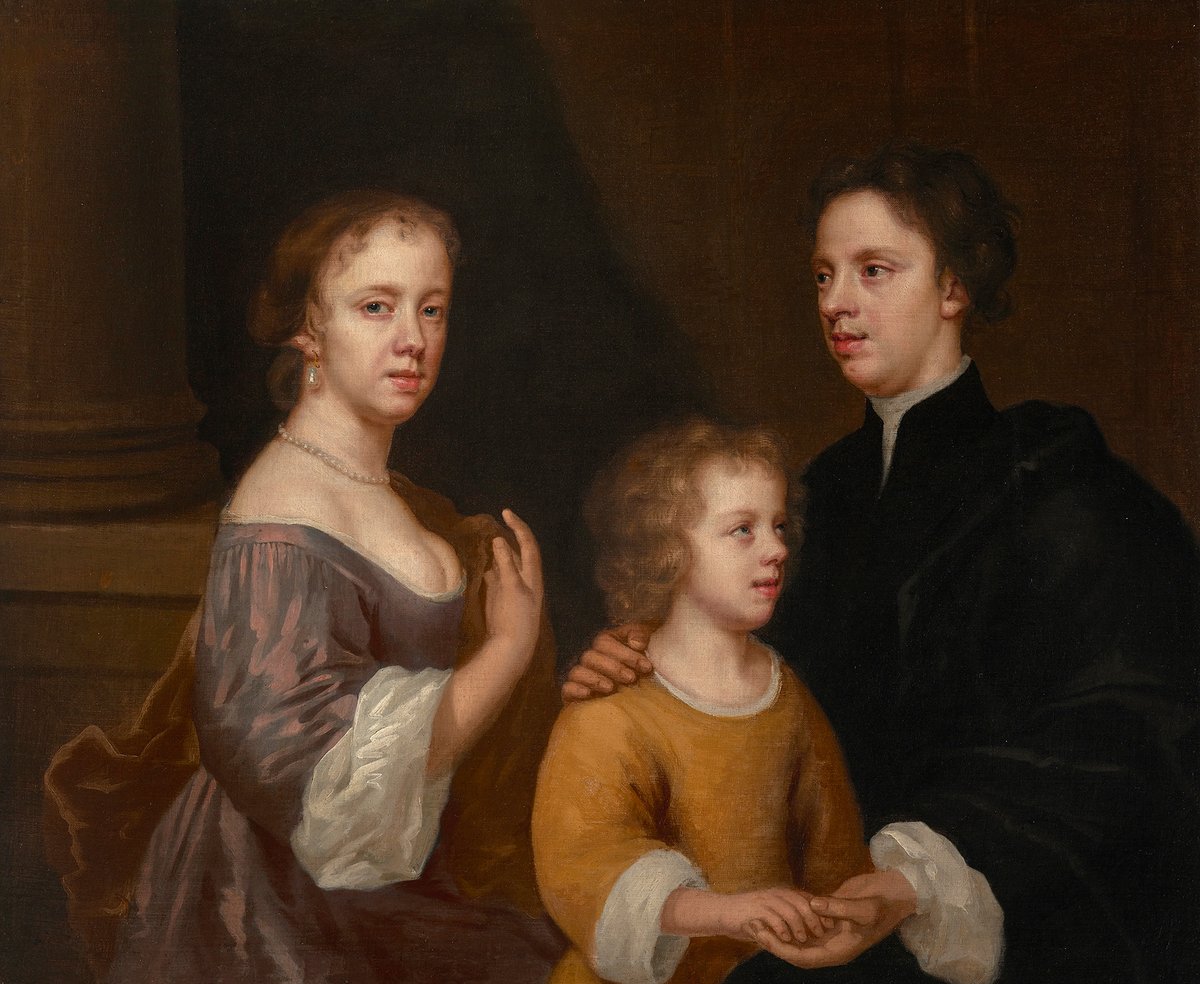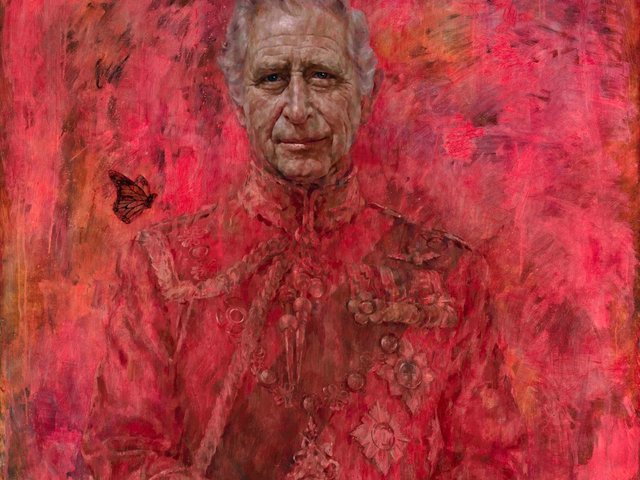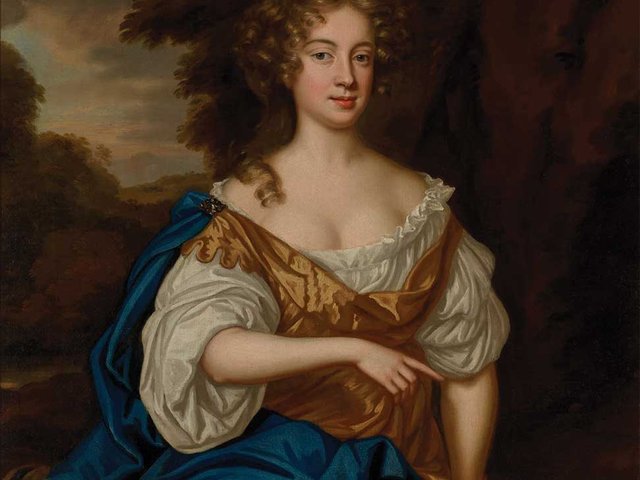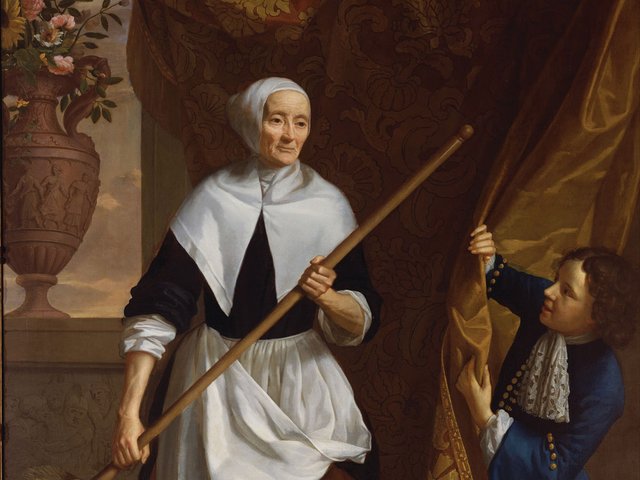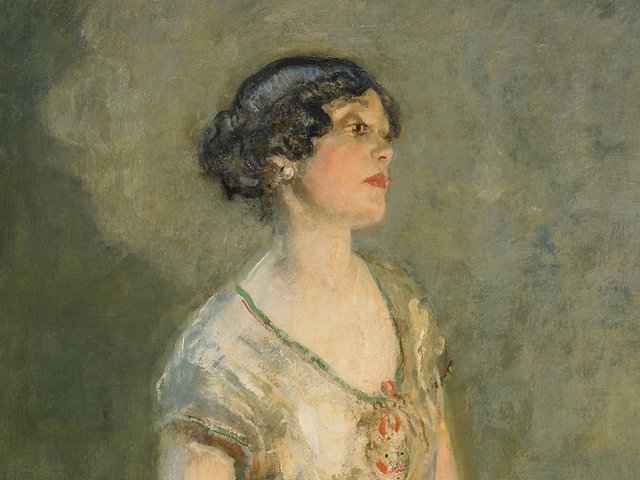Historic women artists, wrote the art historian Pamela Gerrish Nunn in 2016, are left on the “eternal doorstep of fame”. In 2024, the door was propped open a little wider for the English 17th-century professional portraitist Mary Beale (1633-99).
Named after the artist’s pioneering discourse on the union of people, Fruit of Friendship—a monographic show staged in that year at the Philip Mould gallery in London, of which this is the accompanying catalogue—contained 24 of Beale’s portraits. A mile away, at Tate Britain, her works prefaced Now You See Us: Women Artists in Britain 1520-1920 (see Some of our favourite books of 2024—picked by The Art Newspaper’s books team), contributing to a century-
spanning interrogation of professional women in the British art world. Beale’s masterful 1676 portrait of Anne Sotheby, with its swathe of dazzling ultramarine, featured in both projects and was ultimately acquired by the Tate.
To continue the “doorstep” epithet, what is striking about Beale in historiographical terms is that she invites the present-day observer over the threshold of her studio, thanks to the documentation which, amazingly, exists. Her studio manager and husband, Charles Beale (1631-1705), recorded devotedly the quotidian details of studio life in a series of notebooks. Two survive for the years 1677 and 1681—in the Bodleian Library, Oxford, and the National Portrait Gallery, London, respectively. Others, the originals now lost, were partially transcribed by the 18th-century English antiquarian and art-world chronicler George Vertue.
In Helen Draper’s essay for Fruit of Friendship, the conservator and art historian argues that Beale’s Pall Mall home and studio in central London—occupied by the artist from around 1670 at the height of her career—were in fact situated on the present site of the Philip Mould gallery. As such, the show offered an unexpected “homecoming” for Beale’s portraits and an unusually literal invitation across the doorstep of her domestic and artistic life.
The Lely connection
This new publication is grounded in the detailed archival research that has characterised scholarship into Beale over the past 50 years. Draper’s biography builds from Beale’s beginnings in the Suffolk village of Barrow, where she likely received her earliest training from her father, John Cradock, who was an amateur artist. Later, in Covent Garden, Beale benefitted from observing the portrait sittings of her neighbour (and rival), King Charles II’s principal painter, Peter Lely (1618-80). Her re-creation “in little” of Lely’s portrait of the monarch—exhibited and illustrated in Fruit of Friendship—demonstrates the importance of Lely’s work as a reference point for Beale and, indeed, her buyers.
Valeria Vallucci, a researcher at Philip Mould, newly interrogates how letters patent—legal documents produced by Charles Beale during his time as a notable patent clerk—illuminate the family networks that the painter translated directly into portrait commissions. For Tabitha Barber, the curator of British art 1500-1750 at Tate Britain and lead curator and editor of Now You See Us, these intimate and decorous networks—ultimately, friendships—provided the bedrock of Beale’s success.
Yet, in her essay on Beale’s historiography, Barber offers a valuable demonstration of how the healthy documentary evidence is both a help and a hindrance. Much of the primary material around Beale is written about her by male counterparts, and Barber is concerned by the gaping holes in knowledge occasioned by the losses of Charles Beale’s notebooks and “cartloads” of other papers. After all, an archive is always political: the historicised reconstruction of presence and absence.
All too often, Beale falls victim to the nitty-gritty of biography, as women artists do. Think of Artemisia Gentileschi, working in London in 1639 when Beale was six years old, whose paintings continue to be linked by an essential thread to the circumstances of her rape. Moving away from biography, Beale’s paintings themselves—beautifully collated in the catalogue section by Ellie Smith and Lawrence Hendra (independent researcher and Philip Mould director respectively)—make this publication sing. This selection of paintings visualises the breadth of Beale’s output: studies for experimentation and learning, commanding self-portraits, intimate likenesses of family, and commissioned portraits for friends and clients.
Some of the most impressive moments are to be found in Beale’s quiet portraits of her husband. Beale’s likeness “in little” of Charles (around 1675, Moyse’s Hall Museum, West Suffolk), which was made to accompany her own self-portrait, features frothy, ebullient brushwork in the sitter’s white chemise, which eclipses passages of drapery elsewhere. A touching early rendering of Charles in a fur hat (acquired by Philip Mould in 2023) exudes an unrivalled sensitivity of handling in the textures of the flamboyant headpiece and Charles’s downy moustache.
In his introduction, Mould describes a career-long fascination with Beale, having learned how to recognise her “warm skin tones” and “supple facial and anatomical modelling”. Indeed, it is a detailed stylistic analysis of Beale’s painting, and a careful distillation of what it is that constitutes her “hand”, which would enrich future discussion of the artist, not least to help grow and solidify the corpus of works with which—through Fruit of Friendship—she can now be associated.
• Ellie Smith and Lawrence Hendra (eds), Fruit of Friendship: Portraits by Mary Beale, Philip Mould & Co/Paul Holberton Publishing, 160pp, 45 colour illustrations, £25 (hb), published 10 June 2024
• Lucy West is the curator of Dulwich Picture Gallery, London


